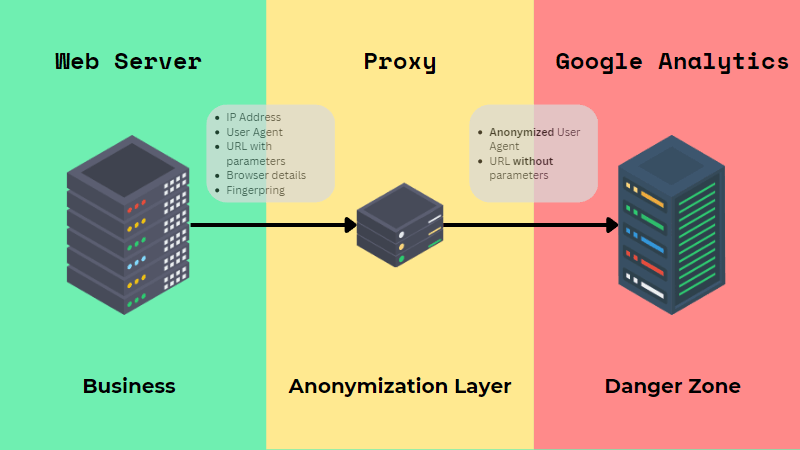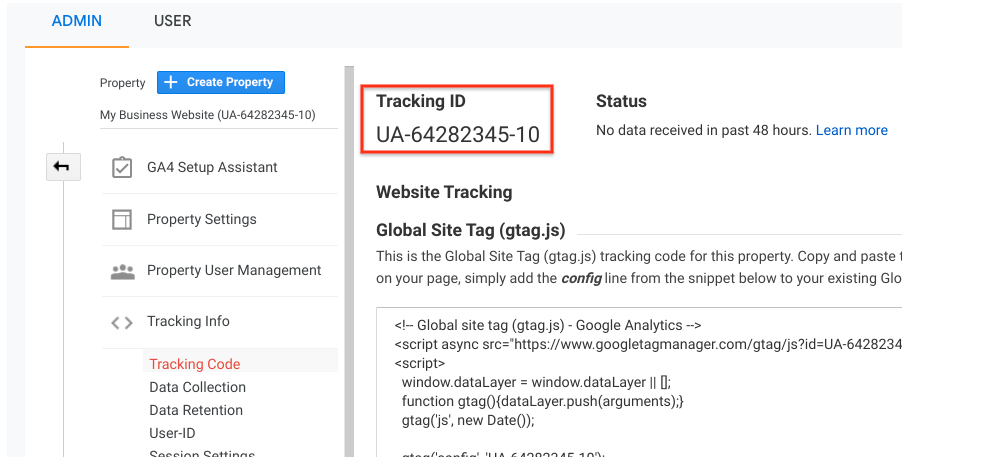Unlocking Insights: Recognizing What Data Does Google Analytics Prohibit Collecting
Unlocking Insights: Recognizing What Data Does Google Analytics Prohibit Collecting
Blog Article
Mastering the Art of Conquering Information Collection Limitations in Google Analytics for Better Decision-Making
In the world of electronic analytics, the ability to essence purposeful understandings from data is vital for educated decision-making. Google Analytics stands as an effective tool for organizations seeking to recognize customer behavior, track conversions, and enhance their online presence. However, information collection limitations within this system can impede the accuracy and deepness of the details collected. To really harness the possibility of Google Analytics for calculated decision-making, mastering the art of getting over these restrictions is vital. By employing sophisticated methods and strategic strategies, organizations can raise their information top quality, unlock hidden understandings, and pave the method for even more efficient and informed choices.
Data Top Quality Analysis
Assessing the quality of data within Google Analytics is an essential action in ensuring the reliability and accuracy of insights obtained from the accumulated details. Information top quality assessment involves reviewing different facets such as accuracy, efficiency, consistency, and timeliness of the data. One vital element to consider is information accuracy, which refers to just how well the information reflects real worths of the metrics being determined. Imprecise data can lead to malfunctioning verdicts and misdirected service decisions.
Completeness of data is an additional important variable in examining information quality. Consistency checks are also crucial in data high quality analysis to recognize any inconsistencies or abnormalities within the information set. By prioritizing information top quality assessment in Google Analytics, companies can improve the integrity of their analytics records and make even more enlightened decisions based on accurate insights.
Advanced Tracking Methods
Making use of advanced tracking techniques in Google Analytics can substantially improve the depth and granularity of data gathered for more detailed evaluation and understandings. One such strategy is occasion tracking, which permits the surveillance of details interactions on a web site, like clicks on switches, downloads of data, or video sights. By carrying out occasion tracking, services can get a much deeper understanding of customer habits and involvement with their on the internet web content.
In addition, customized dimensions and metrics provide a means to tailor Google Analytics to certain business demands. Custom dimensions permit the creation of brand-new information factors, such as individual functions or customer sectors, while personalized metrics enable the tracking of distinct performance indicators, like earnings per individual or average order worth.
Moreover, the use of Google Tag Manager can streamline the execution of monitoring codes and tags throughout an internet site, making it much easier to handle and deploy innovative monitoring setups. By utilizing these sophisticated tracking techniques, companies can open useful insights and optimize their on-line approaches for much better decision-making.
Custom-made Dimension Application
To improve the depth of data accumulated in Google Analytics beyond advanced monitoring techniques like occasion tracking, businesses can execute personalized measurements for more customized insights. Custom-made measurements allow organizations to specify and accumulate details data factors that are appropriate to their special objectives and goals (What Data Does Google Analytics Prohibit Collecting?). By appointing customized measurements to various aspects on a website, such as customer communications, demographics, or session information, services can obtain a much more granular understanding of just how individuals involve with their online residential properties

Attribution Modeling Methods
Effective attribution modeling is critical for comprehending the impact of different advertising and marketing channels on conversion courses. By utilizing the right acknowledgment design, organizations can properly attribute conversions to the proper touchpoints along the consumer journey. One common acknowledgment version is the Last Interaction design, which offers credit score for a conversion to the last touchpoint an individual interacted with before transforming. While this model is very easy and easy to carry out, it often oversimplifies the client trip, neglecting the impact of other touchpoints that added to the conversion.

Information Experiencing Evasion
When managing big volumes of information in Google Analytics, getting over information tasting is necessary to guarantee precise understandings are obtained for informed decision-making. Information tasting takes place when Google Analytics estimates patterns in information instead than evaluating the complete dataset, potentially bring about skewed outcomes. To prevent data sampling, one reliable approach is to decrease the date range being evaluated. By concentrating on much shorter amount of time, the probability of encountering sampled data declines, offering a more exact representation of user habits. Additionally, utilizing Google Analytics 360, the costs variation of the platform, can help mitigate tasting as it enables higher data limits prior to sampling starts. Applying filters to tighten down the data being analyzed can additionally help in preventing tasting problems. By taking these positive steps to decrease information sampling, organizations can draw out a lot our website more accurate understandings from Google Analytics, causing better decision-making and boosted general performance.
Conclusion
In final thought, grasping the art of getting rid of information collection limitations in Google Analytics is essential for making notified choices. By performing an extensive information top quality assessment, carrying out innovative tracking methods, using custom dimensions, using acknowledgment modeling strategies, and avoiding information tasting, companies can ensure that they have trusted and accurate data to base their decisions on. This will eventually bring about more effective methods and far better end results for the company.

Report this page